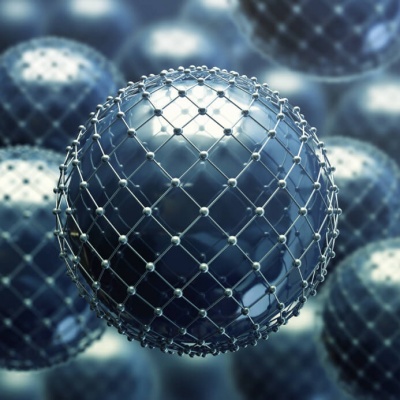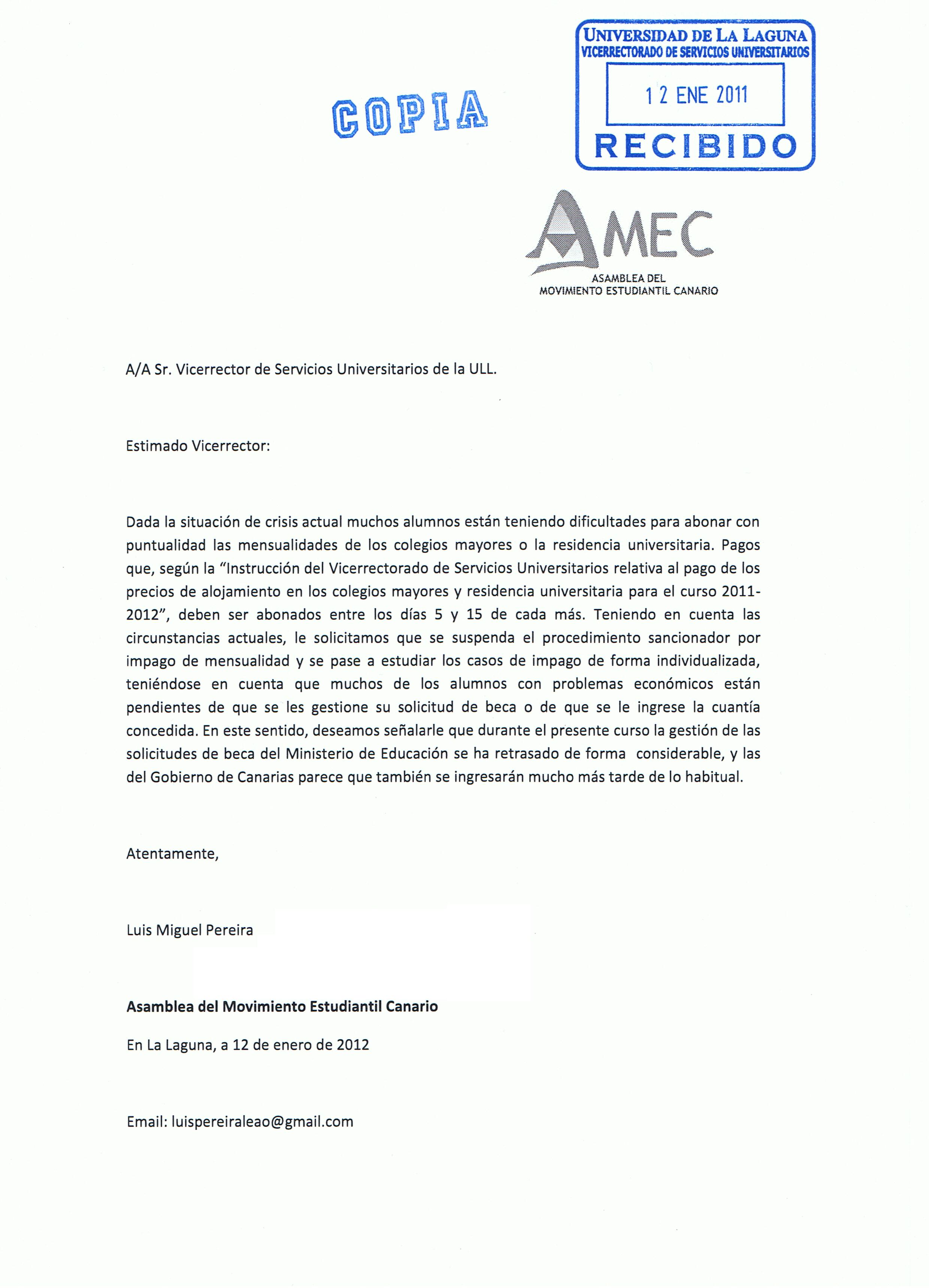 Macromolecule is understood to be those molecules of great dimension and that are formed by thousands or hundreds of thousands of atoms.
Macromolecule is understood to be those molecules of great dimension and that are formed by thousands or hundreds of thousands of atoms.
Macromolecules are fundamental components of living organisms, as they form a part of their cells.
The macromolecules of the human body fulfill vital functions for their survival.
Types of macromolecules
On the one hand, there are proteins, which are linear chains of amino acids. There are also nucleic acids (DNA and RNA made up of nucleotide bases). The so-called carbohydrates are made up of sugar subunits and are present in some foods such as milk and its derivatives, as well as in vegetables and fruits. Lipids are made up of fatty acids and are essential for some energy functions in the human body (triglycerides are an example of lipids).
On the other hand, there are monosaccharides, which are simple molecules made up of carbon, hydrogen and oxygen atoms, which are characterized by being colorless and dissolving in water (among the most relevant monosaccharides are glucose, fructose and galactose and its main function is to provide nutrients to human cells). With regard to glucose, it is found in foods such as honey, fruits or sugar.
Disaccharides are molecules that are formed by the union of two monosaccharides. The most prominent are sucrose, lactose and maltose.
Polysaccharides are molecules made up of three or more monosaccharides and the three best known are starch, glycogen (which would be a fundamental fuel in the human body and is found in the liver and muscles) and cellulose (which can be found in cotton or wood).
Synthetic macromolecules
There are artificial macromolecules, that is, those that have been designed and created by humans, such as polyethylene, polyurethane or carbon nanotubes. The great development of macromolecules began with the creation of synthetic rubber when natural rubber became scarce in World War II. From this finding, macromolecules have not stopped developing in very diverse sectors (the textile industry, the pharmaceutical industry, the world of cosmetics, chemical equipment and a long etcetera).
Today it is clear that many of the new inventions and human creations are related to macromolecules, especially those related to the fight against some diseases.
Photo: iStock - nopparit









